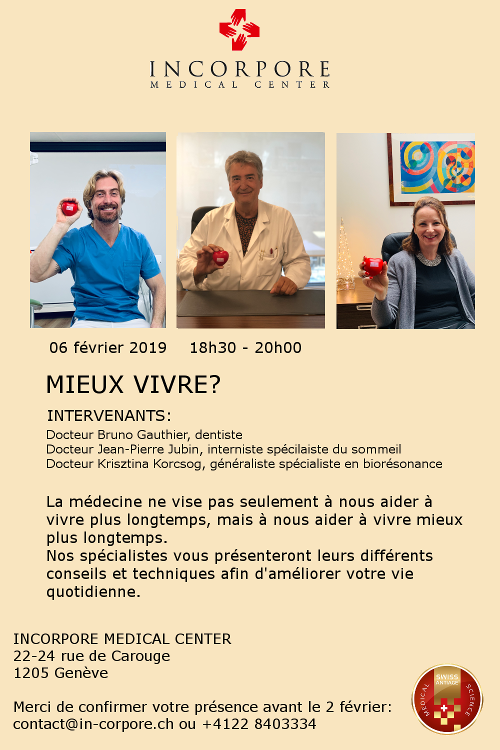Magnetic Resonance Imaging (MRI) has long been useful for diagnosing problems of the brain, spine and joints. Over the past decade, MRI has proven useful in diagnosing certain uncommon cardiovascular problems such as aortic dissection, cardiac tumors, and congenital heart disease. And MRI has proven a valuable research tool for studying more common cardiac disorders such as ischemia and cardiomyopathy.
Until recently, however, it has been impractical to use MRI where it would be the most useful in the routine evaluation and management of patients with coronary artery disease.
All that appears about to change. New techniques are becoming available that promise (some day) to deliver the holy grail of cardiology a means to non-invasively image the coronary arteries and to do it with far more precision than is achieved by today’s gold standard, coronary angiography. MRI technology holds tremendous promise in the evaluation and treatment of cardiac disease. It is clearly technically feasible for MRI to replace – and significantly improve on many of the sophisticated imaging techniques that are now routinely performed in cardiology. The potential for MRI to accurately diagnose and direct the treatment of coronary artery disease before it becomes clinically apparent is probably the most exciting prospect.
What are some of the potential uses of cardiac MRI?
Once certain limitations are overcome – and that day seems to be rapidly approaching – the uses of cardiac MRI will greatly increase. MRI has the potential (and has been used in the research setting) to diagnose heart attacks in patients presenting with chest pain. Not infrequently, a patient coming to the emergency room with chest pain will not have the typical ECG changes seen with myocardial infarctions, and the doctors end up waiting for an hour or two for the results of cardiac enzyme tests. If a heart attack is actually occurring, critical time is thus lost before therapy can begin. MRI can detect myocardial infarction immediately, and can reduce the time it takes to begin definitive treatment.
Strides are being made toward being able to diagnose coronary artery disease with MRI. A new MRI processing technique called “black-blood” MRI (so called because it produces an image of an artery in which the blood appears black, and the wall of the artery appears white) seems to be able to distinguish very nicely between normal and atherosclerotic coronary arteries. While further refinements are necessary, such techniques are bringing us very close to the day in which MRI will be able to replace cardiac catheterization for diagnosing coronary artery disease.MRI can help distinguish between “stable atherosclerotic plaques and “vulnerable” plaques. Vulnerable plaques are those that are prone to rupture, thus suddenly occluding a coronary artery and causing a myocardial infarction. If vulnerable plaques can be identified (and this is something the cardiac catheterization cannot do), those particular plaques can be targeted for intervention (angioplastyangioplasty, stent, or bypass surgery), while leaving the stable plaques alone.MRI has already proven useful in the research setting for identifying restenosis after angioplasty.
MRI might thus prove an accurate, noninvasive means of following patients after angioplasty.MRI has the potential of detecting changes in the tiny blood vessels of the heart the microvascular circulation that are completely missed by cardiac catheterization. Detecting such changes seem to be useful in predicting the outcome of patients after a heart attack, and may prove to be useful in assessing patients with cardiac syndrome x, diabetes, and certain other conditions.Ultimately, MRI may replace the x-ray tube in both diagnostic and therapeutic situations. Research is already being done in animals using MRI to image the coronary arteries instead of using x-rays for angioplasty procedures.The technology that allows these potential uses of cardiac MRI is presently being tested and refined. Within a few years, at least some of these uses will come into widespread clinical application.








